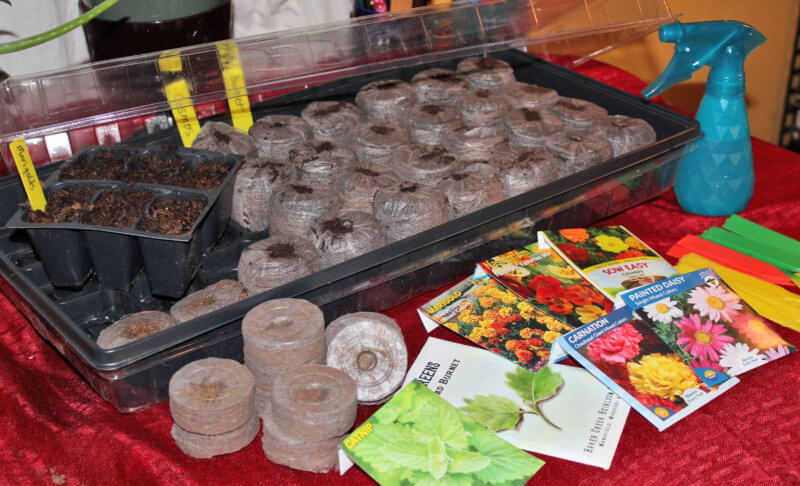True natives to the rescue
I consider myself fairly tuned in to the natural world and its vulnerabilities. So, I was surprised recently when I learned some disconcerting facts from Heather McCargo, founder of the Wild Seed Project, when she spoke about native plants at Philo Ridge Farm.
Consider the many pollinator gardens in our community, both public and private. Thoughtful gardeners have installed native gardens to support species diversity and pollinators. But it’s possible that some of these projects may not be supporting the birds, bees, butterflies and native plants they are intended to help. Here’s the story.
Native plants and animals have co-evolved over time to provide for one another’s needs: plants feed insects and birds in exchange for pollination and seed distribution. With wind, bird or insects at work, plants are cross- fertilized. Their offspring can develop new characteristics including responses to stresses like heat, drought, excessive rain, cold or pollution. As native plants evolve, this genetic diversity is an asset and is a species’ best strategy for dealing with a changing climate.

Cloned or engineered plants lack this resiliency. The nursery industry has developed its stock, some derived from natives, for consistency and reliability. Garden plants are better behaved than their wild cousins; they flower longer, may have bigger and more colorful blooms, and generally don’t spread uncontrollably. Yet, swaths of identical plants lack resiliency and may not be feeding our pollinators.
McCargo cited a researcher who measured the nectar produced by two native plants, great blue lobelia and cardinal flower. Each day the PhD student used a syringe to extract and weigh this nutritious food for hummingbirds, whose long, thin beaks are a perfect match for the shape of these blossoms. She also measured nectar from a hybrid cross of the two plants. The hybrid produced only 10 percent of the nectar of the native species.
“The well-intentioned flowers are literally starving the hummingbirds,” McCargo said, “since the birds are having to work just as hard or harder to find a fraction of the nectar in the hybrids.”
How do we know what we are putting in our gardens? Start by reading labels. Cultivars are human-manipulated species, generally identified by single quotations after the species name, such as Echinacea purpurea ‘Magnus,’ ‘Magnus’ being a cultivar of the native purple coneflower. These hybrids or clones are readily available to gardeners.
Is it enough to shop at a local, reputable and perhaps organic nursery or plant store? Not always. Gardeners must understand labels and thus the characteristics of their purchases. Where can one source true native plants or seeds for our region?
Both Wild Seed Project, a non-profit based in Maine, and Northeast Pollinator in Fairfax, Vt., encourage us to re-wild, introducing true natives to our landscapes. Both websites are excellent sources of instruction, research articles, staff writings and links to publications. Wild Seed sells ethically sourced seeds and Northeast Pollinator sells plants both by mail and at their garden in Fairfax. Two Wild Seed Project booklets inform and encourage home gardeners: Native Groundcovers for Northeast Landscape and Native Trees for Northeast Landscape, both for sale on the website.
Given that lawn mowing using gasoline power is polluting and prevents existing native plants from setting seed, transitioning even a small patch of lawn to native plants is a win-win. Natives don’t need or like rich soil so planting on former lawn — there are instructions on the websites for how best to get rid of same — will likely make for happier natives than converting a garden that has been nurtured and enriched over the years. As with any planting endeavor, the better the soil preparation, the more successful the planting will be.
Begin planning now for next spring. Reading both of these websites is a great indoor activity on cold grey days. Sowing seeds at home is a late-fall project. Small plastic or clay pots will remain outdoors all winter subject to the same freeze and thaw cycles that will pertain once the natives are planted in the earth. The seeds will germinate in spring and should spend the summer being watered regularly but not transplanted nor fertilized. Only in the cooler days of next fall, when rain is more likely, are individual plants put into suitable ground.
Each and every one of us, even those with only a window box or container garden, can make a difference to pollinators, whose labors are necessary for everything we eat. Start by reading and getting inspired. Both websites are rich and generous resources for home gardens. Happy planning!

